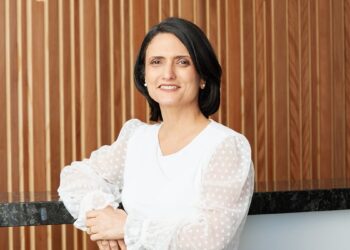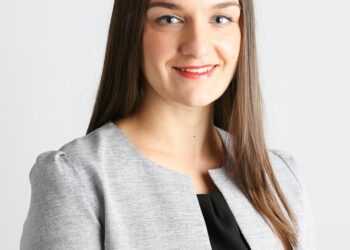The government last week announced its plans to impose a temporary Budget Repair Levy of two per cent on that part of a person’s taxable income which exceeds $180,000. The levy was introduced to parliament last week.
Speaking to SMSF Adviser, Mr Burgess said an “obscure” feature of the levy was its reduction in some situations where an individual exceeds their concessional contribution cap.
“Where an individual makes non-concessional contributions up to the non-concessional contribution cap, and in the same income year also makes an excess concessional contribution, no Budget Repair Levy will be payable on the excess concessional contribution, to the extent the levy would result in the level of tax on the excess exceeding 95 per cent,” Mr Burgess said.
“This is a reference to the dreaded 93 per cent tax scenario under the current law, which without this concession, could rise to 98 per cent once you factor in the two per cent Medicare Levy charge and the two per cent Budget Repair Levy.”
Mr Burgess said this concession will effectively cap the Budget Repair Levy at 0.5 per cent on the excess concessional contribution in situations where a member on the highest marginal tax rate contributes up to their maximum non-concessional contribution cap, and in the same income year they also make an excess concessional contribution.
“The excess concessional contribution amount is added to the member’s total of non-concessional contributions which under the proposed tax thresholds could have resulted in the excess concessional contribution incurring excess contributions tax at the rate of 49 per cent on top of the 49 per cent which the member also has to pay because they have exceeded their concessional cap,” he said.
However, whether such a concession will ever have any application is debatable given, in most cases, it is “entirely optional” to pay 93 per cent tax, Mr Burgess said.
“Since 1 July 2013, and even before, under more restrictive rules, super fund members have been able to seek a refund of their excess concessional contributions,” Mr Burgess said.
“If they do that, their non-concessional contribution total is then reduced, resulting in the total tax payable on their excess concessional contribution being capped at their marginal rate of tax. But it’s still nice to know the policy makers are being thoughtful in these scenarios.”
The SMSF Professionals’ Association of Australia’s Jordan George told SMSF Adviser that practitioners should take note of these changes and inform their trustee clients.
“At the same time, they should gain an understanding of the refunding models for concessional contributions and non-concessional contributions to make sure that if they do make a mistake they’re not hit by these higher tax rates,” Mr George said.


